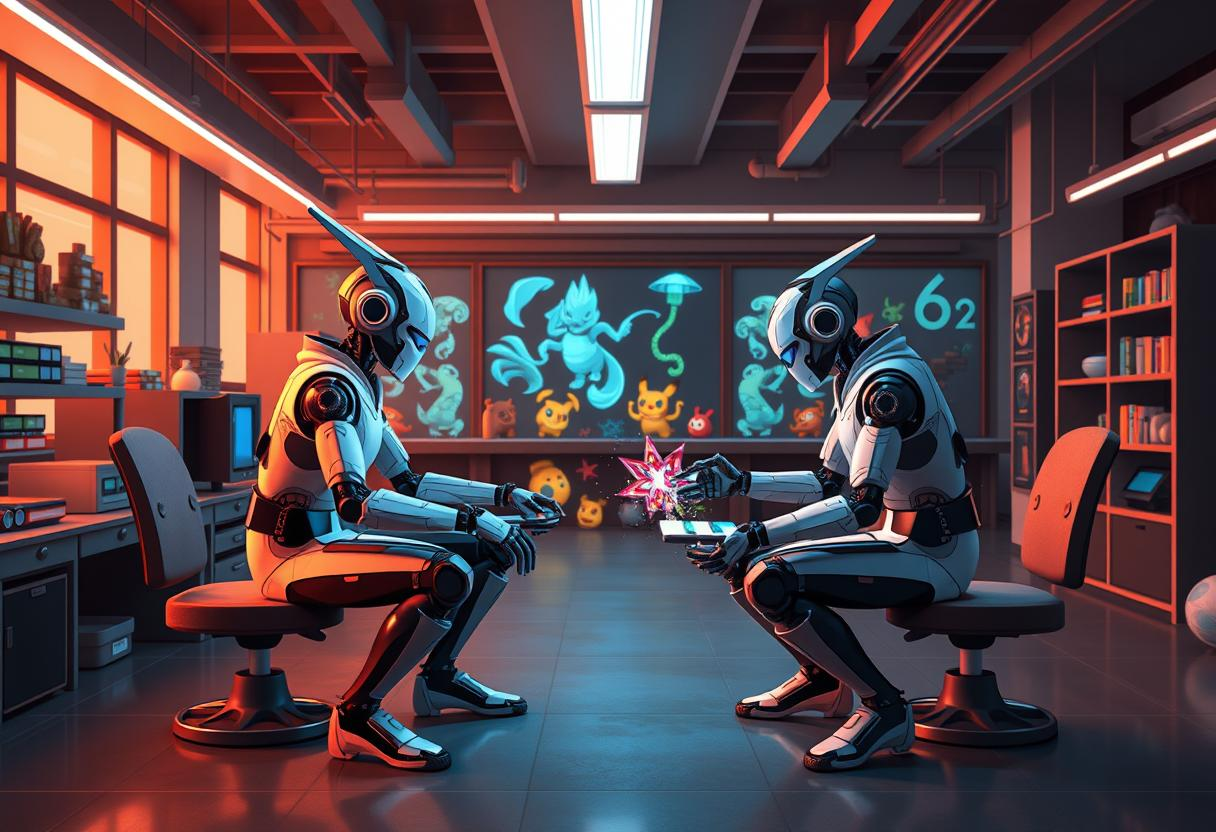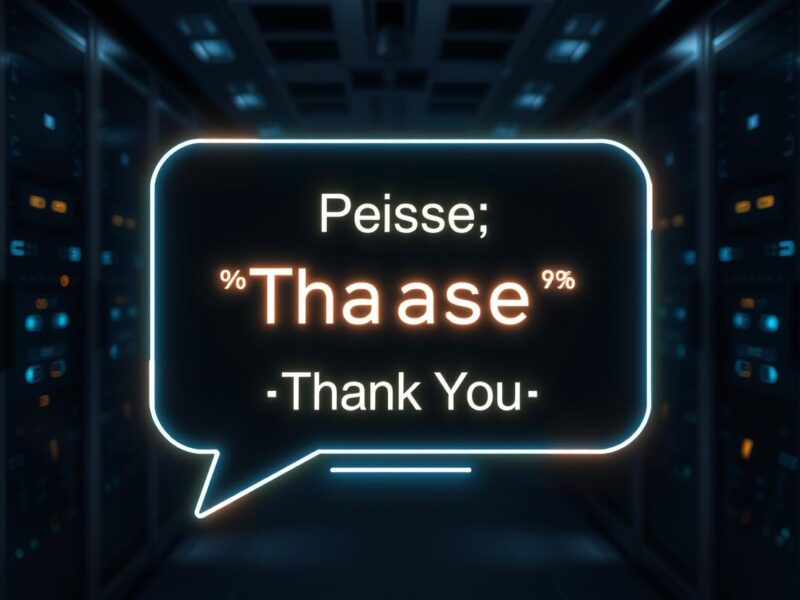In an unexpected twist, the world of Pokémon has become the latest battleground for AI benchmarking debates. A recent viral claim suggested that Google’s Gemini model outperformed Anthropic’s Claude in navigating the original Pokémon games, with Gemini reaching Lavender Town while Claude lagged at Mount Moon. However, this comparison overlooks a critical detail: Gemini benefited from a custom minimap, a tool that significantly aids in-game navigation by identifying interactive elements like cuttable trees. This advantage underscores a broader issue in AI benchmarking—how auxiliary tools and custom implementations can distort the perceived capabilities of models.
While Pokémon serves as a lighthearted benchmark, it exemplifies the challenges inherent in comparing AI models. The scenario mirrors more serious benchmarks, such as SWE-bench Verified, where Anthropic’s Claude 3.7 Sonnet showed differing performance levels with and without a custom scaffold. Similarly, Meta’s Llama 4 Maverick demonstrated varied results on LM Arena depending on fine-tuning. These instances reveal a troubling trend: as benchmarks become more nuanced, the line between a model’s inherent abilities and its tailored enhancements blurs, complicating fair comparisons.
This phenomenon raises questions about the future of AI benchmarking. With models increasingly optimized for specific tests, the industry faces a paradox. On one hand, customization can unlock a model’s potential; on the other, it risks rendering benchmarks less indicative of general capability. As AI continues to evolve, the community must grapple with these contradictions, striving for methodologies that balance innovation with transparency. After all, if even Pokémon can’t escape the benchmarking fray, what hope is there for more complex evaluations?


